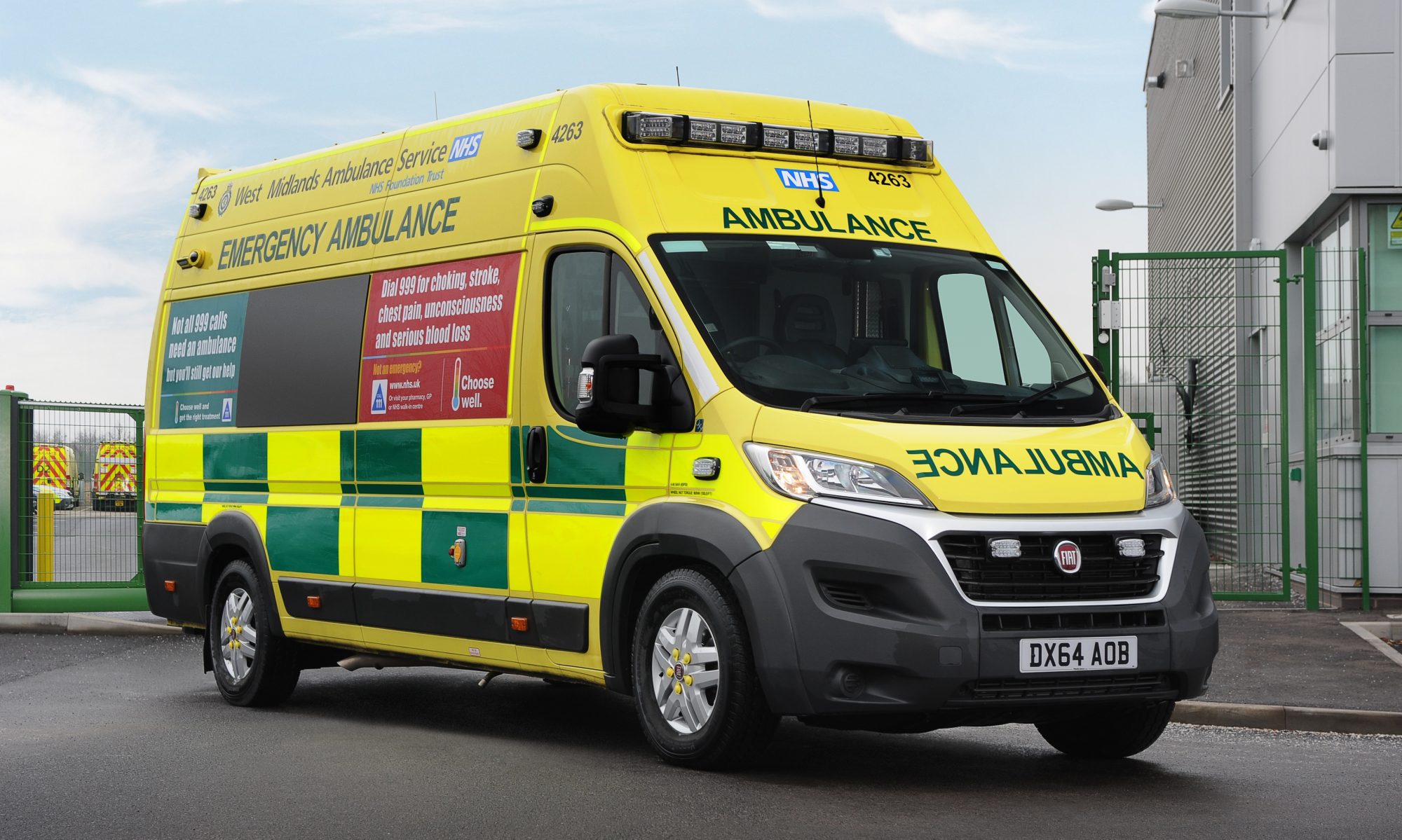[Awaiting full text PDF]
Objective
Dual sequential defibrillation (DSD) – successive defibrillations with two defibrillators – offers a novel approach to refractory ventricular fibrillation and tachycardia (VF/VT). While associated with rescue shock success, the effect of DSD upon OHCA is unknown. We evaluated the association of DSD with survival after refractory VF/VT OHCA.
Methods
We used data from a large metropolitan fire-based EMS service. We included all adult OHCA during 2013-2016 with ≥3 standard defibrillations. Physicians authorized subsequent DSD use by two separate defibrillators (PhysioControl LIFEPAK® 12/15) with pads placed anterior-lateral and anterior-posterior. Evaluated outcomes included return of spontaneous circulation (ROSC), survival to hospital admission, survival to 72 hours, and survival to hospital discharge. Using multivariable logistic regression, we evaluated the association between defibrillation type and OHCA outcomes, adjusting for patient demographics and event characteristics.
